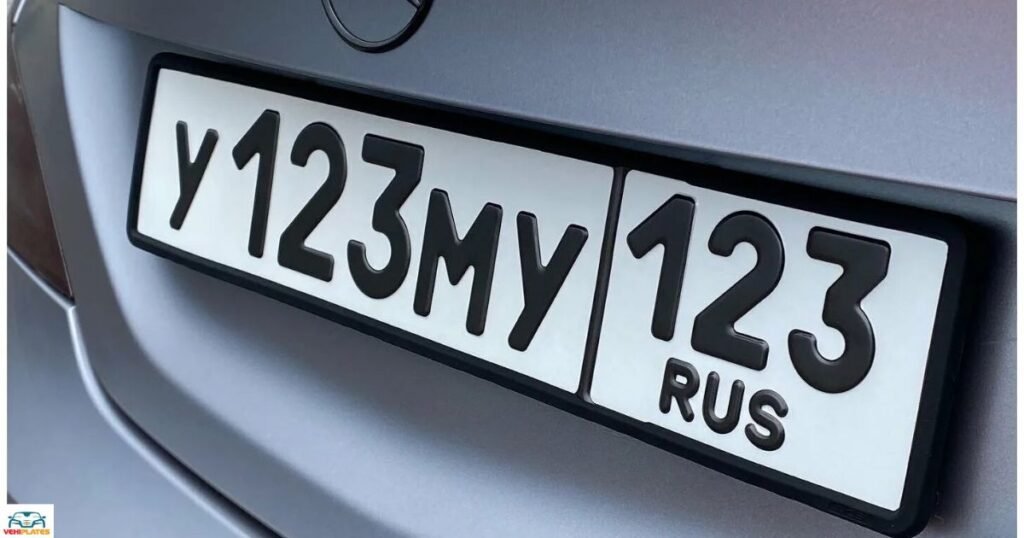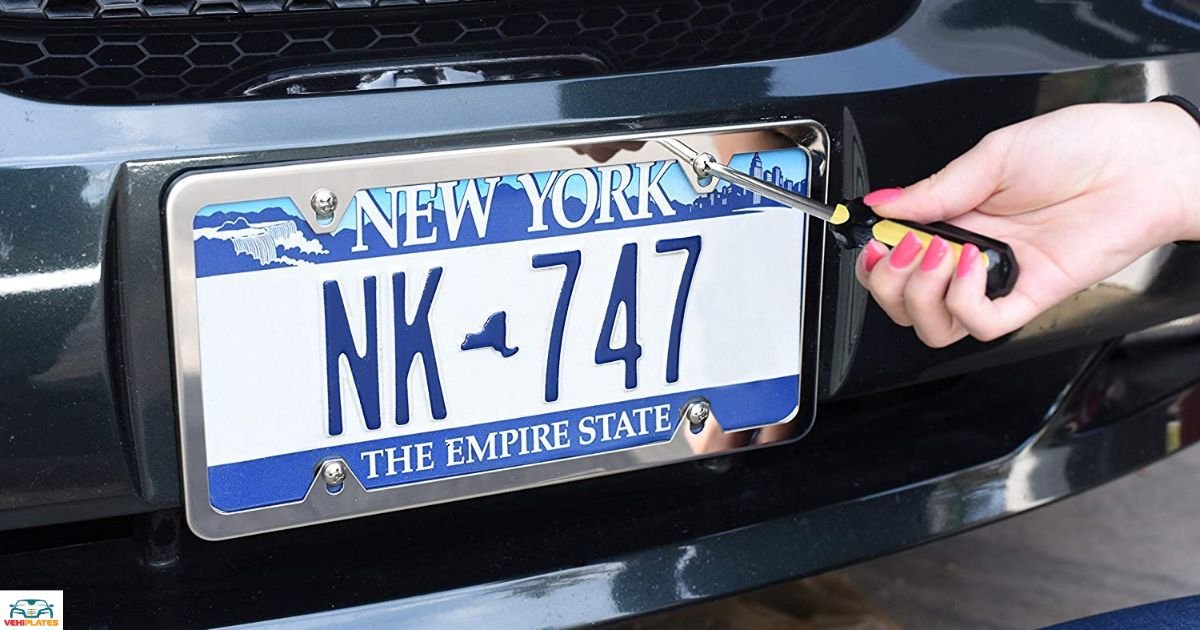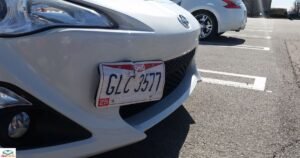License plate holes can be a source of frustration for vehicle owners. Whether they’re caused by wear and tear, rust, or simply the need to relocate the license plate, these unsightly holes can detract from the appearance of your vehicle.
Fixing license plate holes is a relatively simple process that can be tackled by DIY enthusiasts or entrusted to a professional. In this guide, we’ll explore various methods to effectively fix license plate holes and restore your vehicle’s aesthetics.
Assessing the Damage
Before diving into the repair process, it’s essential to assess the extent of the damage. This step will help determine the most appropriate method for fixing the license plate holes.
Examine the Holes: Inspect the holes to determine their size, depth, and location on the vehicle’s surface.
Check for Rust: If rust is present around the holes, it needs to be addressed before proceeding with repairs.
Evaluate the Material: Consider the material of the vehicle’s surface (e.g., metal, plastic) to select suitable repair materials and techniques.
Choosing the Right Repair Method

Once you’ve assessed the damage, it’s time to select the appropriate repair method. Here are some common approaches:
| Repair Method | Suitable For |
| Filler Compounds | Small to medium-sized holes |
| Plastic Welding | Plastic surfaces |
| Patch Panels | Larger holes or extensive damage |
| License Plate Frames | Minor holes that don’t compromise structural integrity |
| Professional Help | Complex or extensive damage |
Choosing the right repair method depends on factors such as the size of the holes, the material of the vehicle’s surface, and the extent of the damage. Consider consulting a professional for complex repairs or extensive damage beyond DIY capabilities.
Step-by-Step Repair Process
Now, let’s delve into the step-by-step process of fixing license plate holes:
Preparation
Before starting the repair, gather the necessary tools and materials:
- Sandpaper or sanding block
- Filler compound or patch panel
- Plastic welding kit (if applicable)
- Rust converter (if rust is present)
- Primer and paint (to match the vehicle’s color)
- Putty knife or applicator
- Safety equipment (gloves, goggles)
Surface Preparation
- Clean the area around the holes thoroughly to remove dirt, grease, and debris.
- Sand the surrounding surface to create a rough texture that promotes adhesion of the repair materials.
Repairing the Holes
- Apply a rust converter to any rusted areas and allow it to dry according to the manufacturer’s instructions.
- If using a filler compound, mix the compound according to the instructions and apply it to the holes using a putty knife.
- For plastic welding, follow the manufacturer’s guidelines to melt and fill the holes with plastic material.
- Once the filler compound or plastic has cured, you might wonder, ‘Can you sell license plates?‘ But before delving into that, make sure to smooth out the repaired area with sandpaper.
Priming and Painting
- Apply a coat of primer to the repaired area to ensure proper adhesion of the paint.
- Once the primer has dried, carefully match the vehicle’s paint color and apply it to the repaired area.
- Allow the paint to dry completely before handling the vehicle.
Final Touches

After completing the repair process, take the following steps to ensure a professional finish:
- Apply a clear coat to the painted area to protect it from environmental damage and enhance its durability.
- Install the license plate securely over the repaired area using appropriate hardware.
- Inspect the repair carefully to ensure that it blends seamlessly with the surrounding surface.
FAQ’s
How do I determine the right repair method?
Assess the size, material, and extent of damage to choose between options like filler compounds, plastic welding, or patch panels.
Can I fix license plate holes on my own?
Yes, many repair methods are DIY-friendly, but complex damage may require professional assistance.
What if there’s rust around the holes?
Prioritize addressing rust with a rust converter before proceeding with repairs to ensure a lasting fix.
Conclusion
Fixing license plate holes is a manageable task that can be accomplished with the right tools, materials, and techniques. Whether you opt for filler compounds, plastic welding, or patch panels, following a systematic repair process will help restore your vehicle’s appearance and maintain its resale value. By addressing license plate holes promptly and effectively, you can keep your vehicle looking its best for years to come.










